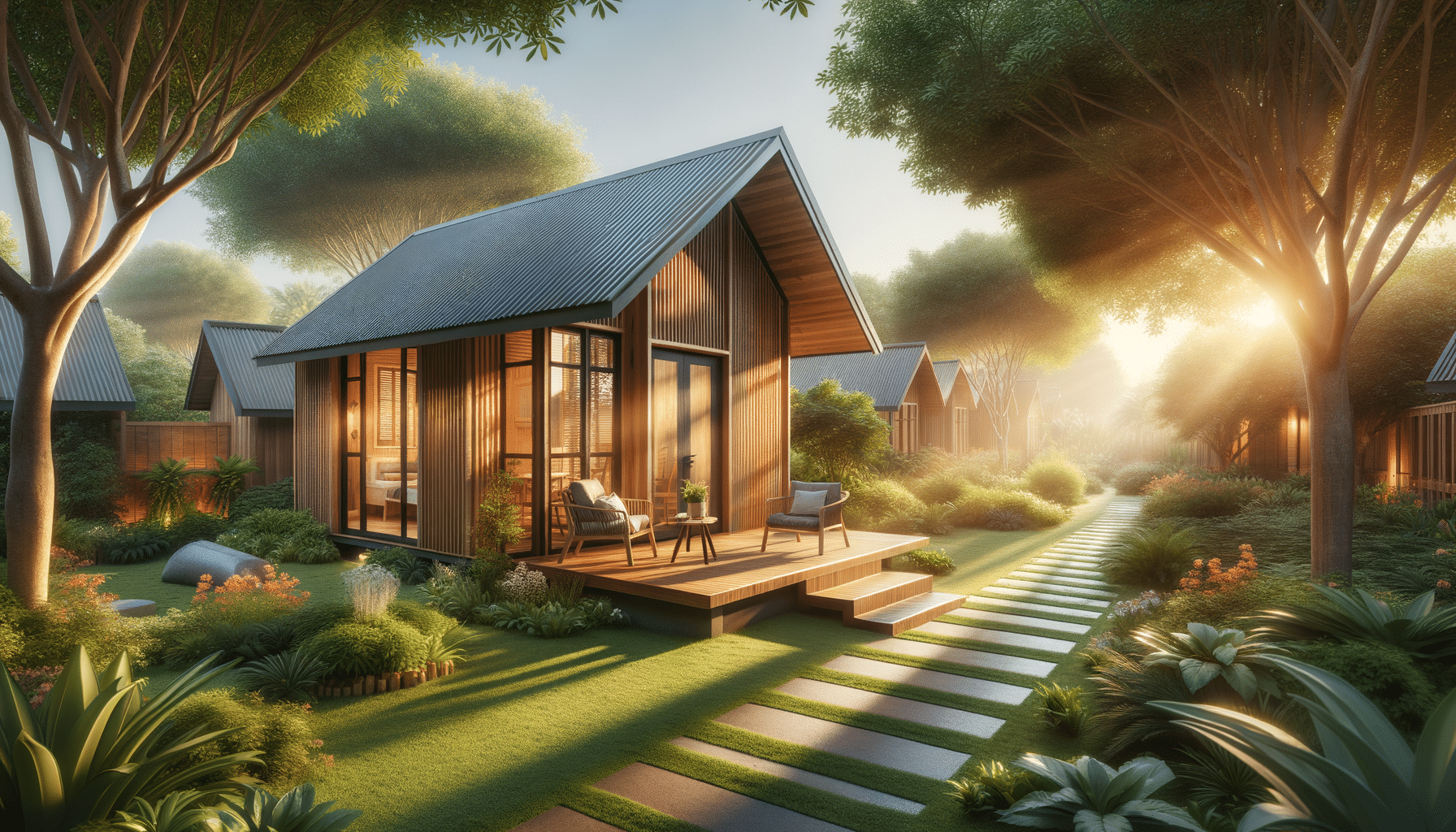
Small Houses for the Elderly: Designs, Benefits, and Living Options
Introduction to Small Houses for the Elderly
The concept of small houses for the elderly is gaining traction as society seeks more practical and comfortable living arrangements for aging populations. These homes are designed to be both functional and aesthetically pleasing, ensuring that the elderly can enjoy their golden years in comfort and safety. With the rise in demand for manageable living spaces, small home designs are becoming increasingly popular, offering a variety of options that cater to different needs and preferences. This article will explore the various aspects of small houses for the elderly, including their design, benefits, and the role of furniture in creating a comfortable environment.
Designing Small Homes for the Elderly
Designing a small house for elderly residents requires a thoughtful approach to ensure accessibility and ease of movement. Key elements include single-story layouts to eliminate the need for stairs, wide doorways, and hallways to accommodate mobility aids, and non-slip flooring to prevent accidents. Additionally, smart home technology can be incorporated to enhance safety and convenience, such as voice-activated lights and thermostats.
When planning the interior, it’s crucial to consider the placement of essential rooms like the bedroom, bathroom, and kitchen. These should be easily accessible and designed with the elderly in mind. For example, the bathroom might feature grab bars and a walk-in shower, while the kitchen could include lower countertops and pull-out shelves for easy access.
Outdoor spaces are also an important aspect of small home design for the elderly. A small garden or patio can provide a serene environment for relaxation and socialization, promoting mental well-being. Thoughtful landscaping that includes pathways and seating areas can further enhance the outdoor experience.
Benefits of Small Houses for the Elderly
Small houses offer numerous benefits for elderly residents, primarily by providing a more manageable living space. This can lead to reduced maintenance, lower utility bills, and less clutter, all of which contribute to a stress-free lifestyle. The compact nature of these homes also encourages a simpler way of living, which can be liberating for many seniors.
Another advantage is the opportunity for increased social interaction. Small houses are often located in communities designed for elderly residents, providing ample opportunities for social engagement. This sense of community can alleviate feelings of isolation and loneliness, significantly improving quality of life.
Furthermore, small houses can be customized to suit individual needs and preferences, ensuring that residents feel at home. From choosing the layout to selecting furnishings, each aspect can be tailored to create a space that reflects personal style and enhances comfort.
The Role of Furniture in Small Home Design
Furniture plays a crucial role in maximizing the functionality and comfort of small houses for the elderly. When selecting furniture, it’s important to consider pieces that are both practical and stylish. Multi-functional furniture, such as fold-out sofas or extendable tables, can help save space while providing necessary functionality.
Ergonomic design is also essential, especially for chairs and beds. These should offer adequate support to prevent discomfort and promote good posture. Recliners with lift-assist features can be particularly beneficial for those with limited mobility, allowing them to sit and stand with ease.
Storage solutions are another important consideration. Furniture with built-in storage, such as ottomans or beds with drawers, can help keep the living space organized without adding clutter. This not only improves aesthetics but also makes it easier for elderly residents to find and access their belongings.
Conclusion: Embracing the Small House Lifestyle
Small houses for the elderly represent a practical and appealing solution for those seeking comfort and independence in their later years. By focusing on thoughtful design, the benefits of small living spaces, and the strategic use of furniture, these homes can provide a high quality of life for aging residents. As the demand for such housing options continues to grow, it’s clear that small homes offer a viable and attractive choice for elderly individuals looking to downsize and simplify their living arrangements.


